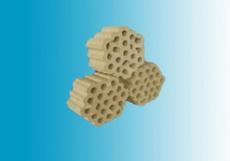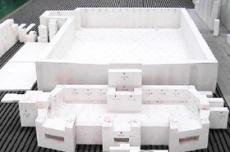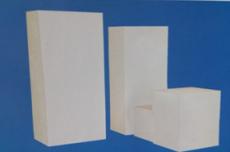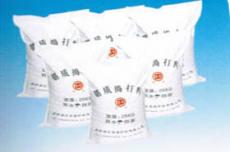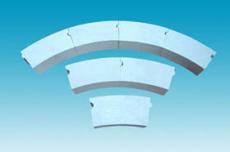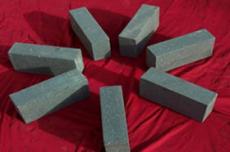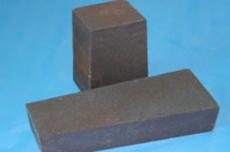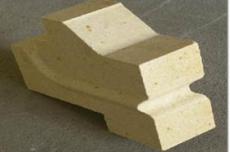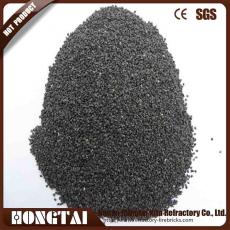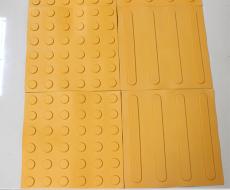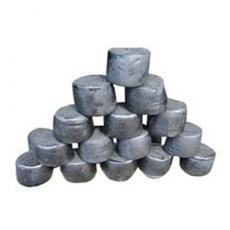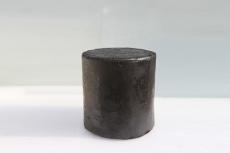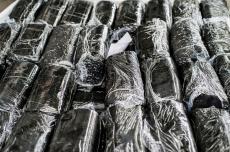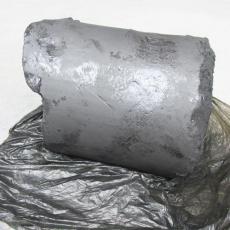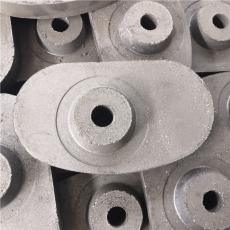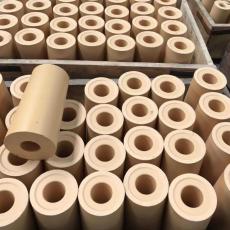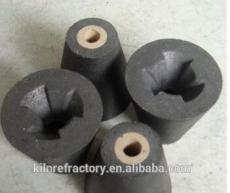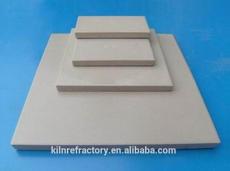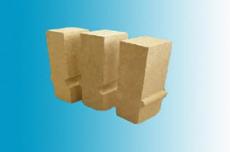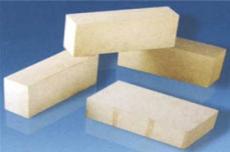
The blast furnace is divided into three parts: upper, middle and lower parts. The upper and middle parts of the small furnace have low temperatures without any slag erosion. Phosphorus-impregnated clay bricks or high-alumina bricks are mainly used. Large-scale furnaces often use high-aluminum bricks with sillimanite or andalusite composites.
The blast furnace body is also made of dense clay bricks. As the furnace temperature and harsh conditions of large and medium-sized furnaces have been upgraded, phosphorus-impregnated clay bricks are also used in the upper part of the furnace body, and low-creep high-alumina bricks are also used in the upper and middle parts. Small-scale furnaces can also use high-alumina bricks with an aluminum content greater than 75%.
The most vulnerable part of the blast furnace body is the lower part of the furnace body, because this area is an area with more heat exchange, and the lower part of the furnace body is subject to friction and dust erosion due to the falling charge. There is also serious corrosion from alkali metals. Use high-quality clay bricks, high alumina bricks, corundum bricks or silicon carbide bricks. In some foreign steel plants, high alumina bricks, clay-bonded silicon carbide bricks, silicon carbide graphite bricks, etc. are used, as well as fused high alumina bricks or synthetic mullite bricks. In China, corundum bricks or silicon carbide composite bricks are mostly used.
The lower part of the blast furnace body is made of ceramic-bonded silicon carbide bricks. Depending on the usage, silicon carbide bricks are better than phosphorus-impregnated clay bricks, but the price is relatively high. Although the price of phosphorus-impregnated clay bricks is low, the process of phosphorus-impregnated clay bricks is troublesome. Many manufacturers are unwilling to produce this product, and instead use low-porous clay bricks with the same specifications as phosphorus-impregnated clay bricks.
At present, the blast furnace bottom is available with aluminum carbon bricks, microporous aluminum carbon bricks, semi-graphite carbon bricks, self-baking carbon bricks and carbon ramming materials. Depending on the usage, silicon carbide bricks are widely used in the lower part of the blast furnace shaft. Because silicon carbide bricks suffer less corrosion, and the lower part of the blast furnace body is lined with silicon carbide bricks, it helps to improve thermal efficiency and extend the service life.
Silicon carbide bricks are also used in the lower part of the blast furnace body. The main reason is that silicon carbide bricks do not react with the blast furnace slag, and silicon carbide bricks have thermal shock stability and wear resistance while preventing the occurrence of skinning. Silicon carbide bricks can be said to be an ideal lining refractory brick for the lower part of the blast furnace.
